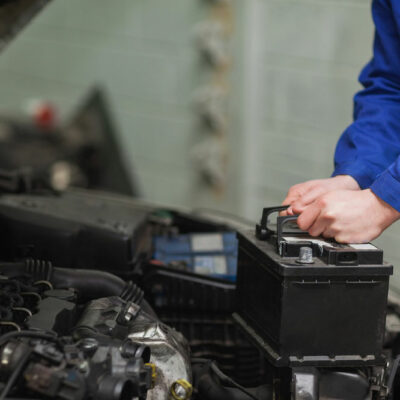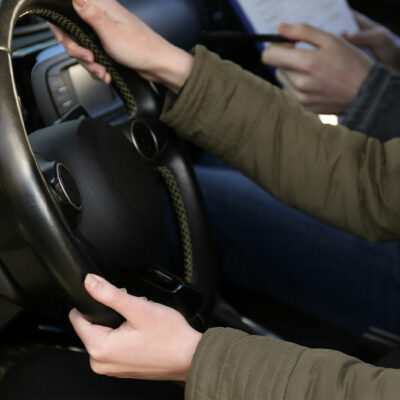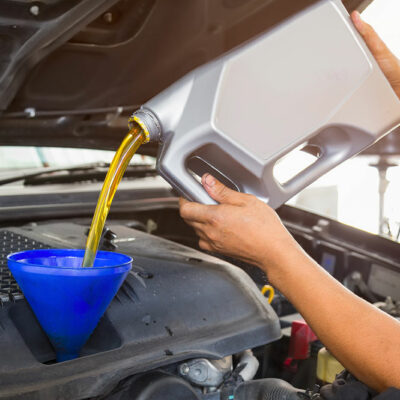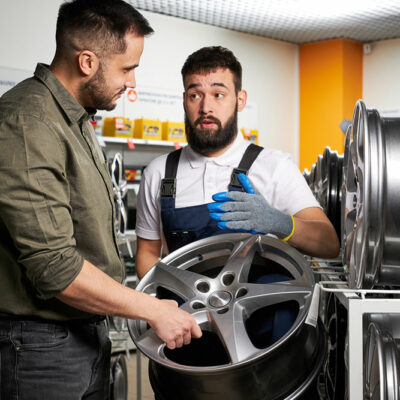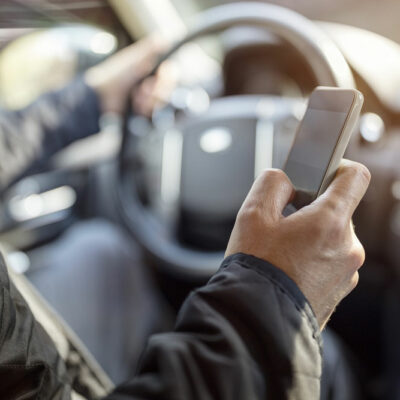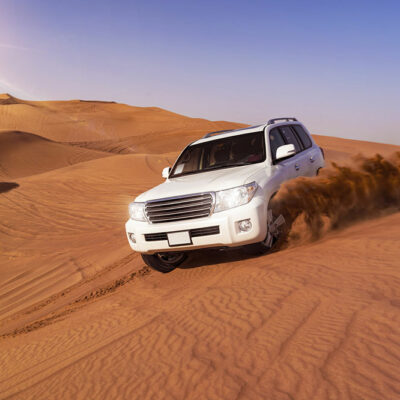
auto
4 mistakes new drivers should avoid
Learning to drive can be a fulfilling experience. It helps one become self-reliant to commute to different places. However, since a driver is single-handedly in control of the vehicle, driving requires utmost alertness and quick reaction time to avoid accidents. Thus, in addition to mastering the technicalities of driving, new drivers should devote time to understand road safety and traffic rules. Here are some common mistakes new drivers should avoid to ensure road safety: Ignoring speed limits Reports suggest that out of a cumulative 38,824 fatalities in 2020, 11,258 were caused by vehicle speeding. Statutory speed limits have been established by individual state legislatures for specific types of roads, based on factors like pedestrian movement, traffic flow, and roadway design. Hence, new drivers should cultivate the habit of always looking for sign boards with specified speed limits and following them diligently. Speaking on the phone while driving A common misconception of drivers is that speaking over the phone through a hands-free medium while driving is safe. Although using the medium may be a better alternative to holding the device, a phone conversation can divert one’s attention from auditory cues by other drivers. Moreover, studies have shown that low-level electromagnetic radiation from mobile phones can affect brain activity.
Read More 